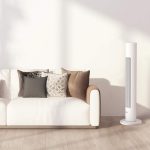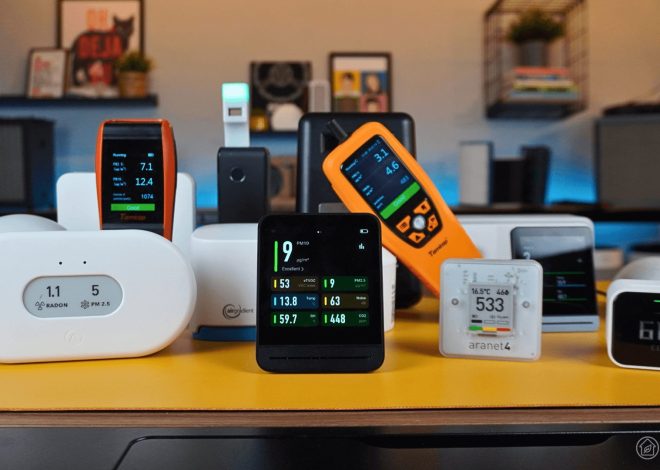A Comprehensive Guide to Different Types of Floor Mats

Selecting the appropriate commercial floor mat for your business can enhance safety, boost productivity, and lower maintenance expenses. From anti-fatigue mats that help reduce the physical strain on cashiers to durable doormats designed for heavy use, there are numerous floor mat varieties suited for different business needs. This guide will assist you in choosing the right mats to create a safer and more efficient work environment.
Commercial Floor Mats
Using the right floor mats in various business zones is crucial for protecting your floors and ensuring safety for both staff and customers. When selecting kitchen mats for your restaurant, it’s important to consider the layout. For instance, mats near wet areas like compartment sinks differ from those needed around frying stations, which must withstand grease splatters. Additionally, pay attention to front-of-house, entryways, and transition zones. Below, we explore several types and styles of floor mats.
1. Anti-Fatigue Mats
Anti-fatigue mats are designed to ease the discomfort experienced by employees who stand for prolonged periods. They reduce leg and back strain, making them ideal for spots such as sinks, bars, prep stations, cooking areas, assembly lines, cash registers, and hostess stands.
- Rubber Anti-Fatigue Mats: Highly durable and resistant to water, extreme temperatures, chemicals, and wear, rubber mats absorb foot impact to reduce strain on workers’ legs and feet.
- Interlocking Anti-Fatigue Mats: These customizable mats allow you to configure your flooring to suit your business’s unique requirements.
- Vinyl Anti-Fatigue Mats: Suitable for low to medium traffic zones, vinyl mats are a cost-effective option for hostess and cashier stations.
- Non-Slip Anti-Fatigue Mats: Ideal for wet environments like dishwashing areas and loading ramps, these mats provide secure footing to prevent slips.
2. Industrial Floor Mats
Industrial mats enhance safety and hygiene in workplaces such as factories, warehouses, healthcare facilities, and gyms—environments typically outside of food service.
- Interlocking Floor Mat Tiles: Often equipped with drainage holes, these tiles are perfect for wet areas like showers and locker rooms, and can be linked together to fit any size.
- Switchboard Mats: Designed to protect against electrical shocks, these mats are suitable for use near control panels and heavy machinery.
- Tacky Mats: Featuring an adhesive layer that removes dirt and contaminants from footwear, these mats are essential in clean rooms and medical or manufacturing settings.
- Carpet Protection Mats: These mats preserve carpet durability while providing safe footing in aisles, walkways, and workspaces.
- Weight Room Floor Mats: Providing cushioning for joints and legs, these mats are ideal for fitness centers and weight rooms.
3. Entrance Mats
Entrance mats play a vital role in shaping the first impression of your business. Besides enhancing safety by preventing slips, they help maintain floor cleanliness by trapping dirt and moisture. Choosing mats that align with your aesthetic and functional needs is important.
- Indoor/Outdoor Entrance Mats: Placed in transition areas, these mats keep dirt, dust, and moisture from being tracked inside.
- Scraper Entrance Mats: Featuring abrasive surfaces, they effectively remove dirt and moisture from shoes to protect interior floors.
- Custom Entrance Mats: Personalized with logos or mascots, these mats boost branding while offering beveled edges for wheelchair access and non-slip backing for stability.
- Nylon Entrance Mats: Durable and machine-washable, nylon mats are suited for high-traffic areas requiring easy upkeep.
4. Wet Floor Mats
For areas exposed to moisture such as kitchens, dish rooms, coolers, or outdoor spaces, wet floor mats are essential. They enhance traction on slippery surfaces and help prevent falls. These mats come in perforated and solid varieties tailored to specific environments.
- Anti-Fatigue Wet Floor Mats: Combining slip resistance with comfort, these mats reduce worker fatigue in wet conditions.
- Perforated Wet Floor Mats: Designed with drainage holes, they allow liquids to pass through, minimizing slip risks in high-moisture areas.
- Solid Wet Floor Mats: Featuring ribbed surfaces, these mats offer traction in areas with occasional spills, such as walk-in coolers and freezers.
Key Floor Mat Safety Features
Understanding the safety features available in floor mats is just as important as choosing the right type.
Safety Edges
Mats with beveled or safety edges reduce tripping risks by providing a gentle ramp for wheeled equipment. These are particularly useful in hotels with luggage carts, businesses receiving shipments, and places accommodating strollers or wheelchairs.
Grease-Resistant vs. Grease-Proof Mats
Both grease-resistant and grease-proof mats repel grease, water, and slippery substances without compromising slip resistance. Grease-proof mats are built to endure heavy grease exposure, while grease-resistant mats suit areas with minimal grease contact.
Drainage Holes
Mats with drainage holes allow water and debris to drain away, improving traction and safety. These are recommended for wet zones like dishwashing stations and behind bars.
Maintaining Anti-Fatigue Kitchen Mats
Regular cleaning extends the lifespan of anti-fatigue mats and keeps their non-slip properties effective. Daily washing reduces wear and maintains kitchen hygiene. Avoid running rubber mats through dishwashers or folding them, as this can cause cracking.
Using a mat transport and wash cart can simplify cleaning by enabling easy transport and drying of mats.













